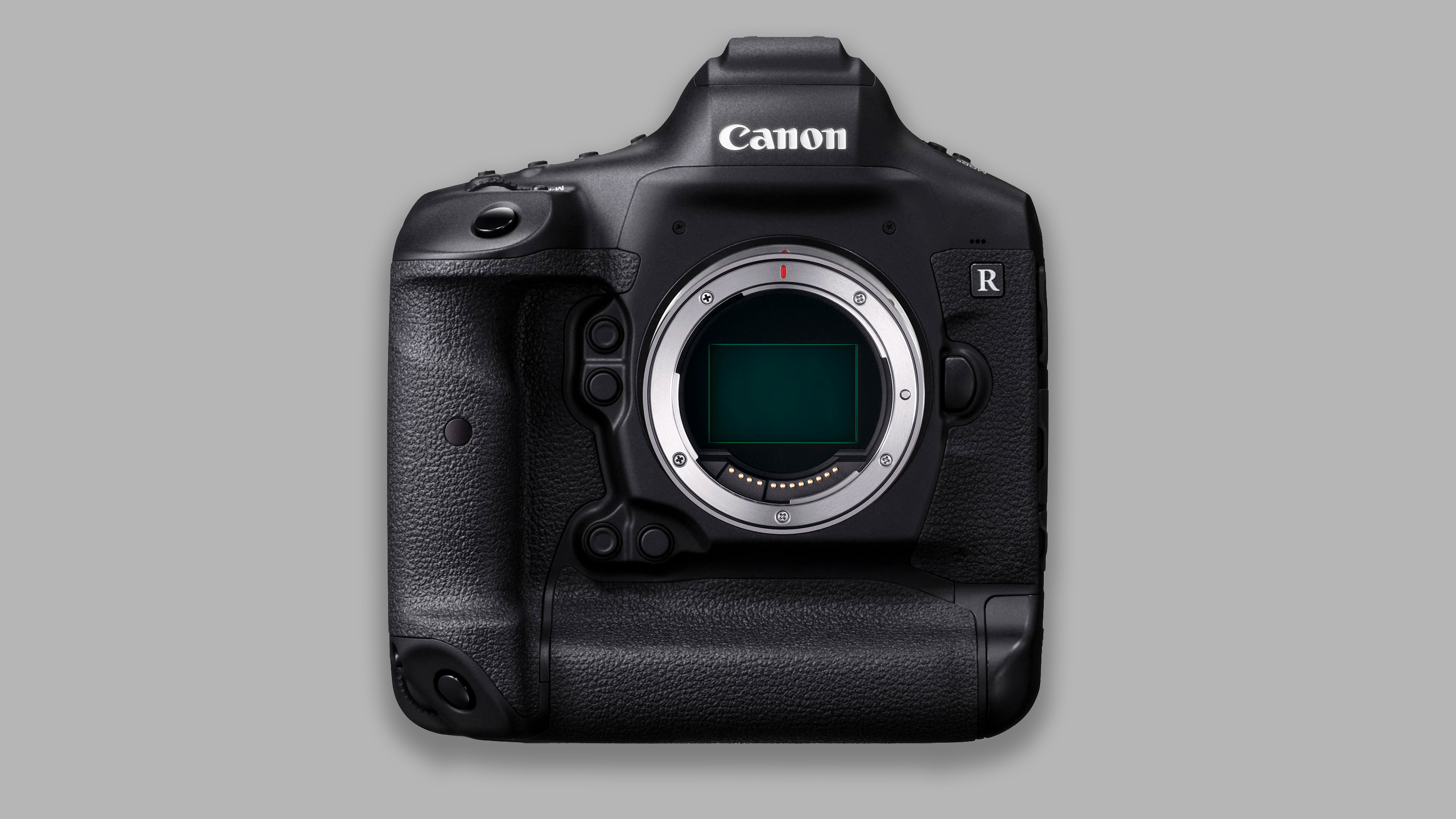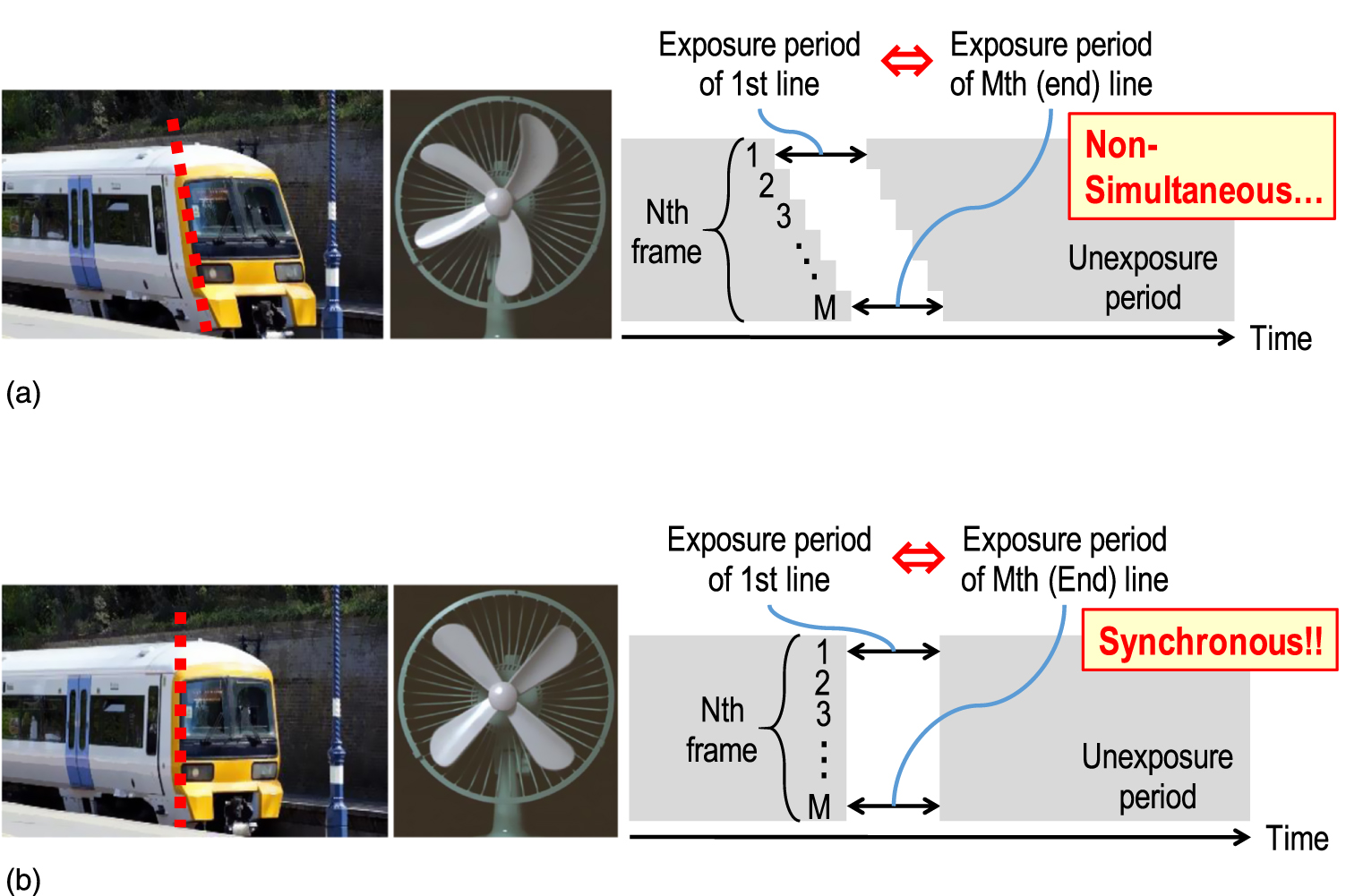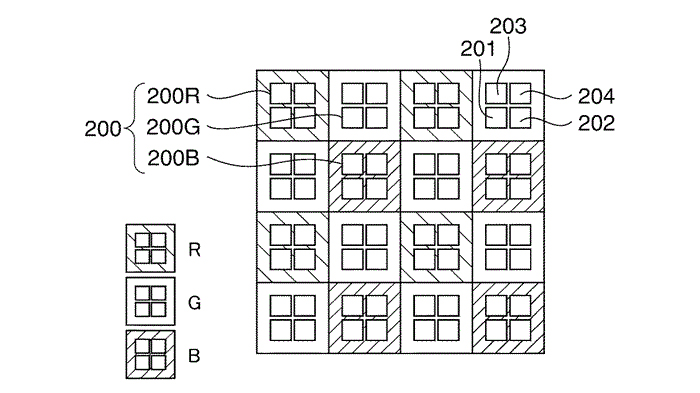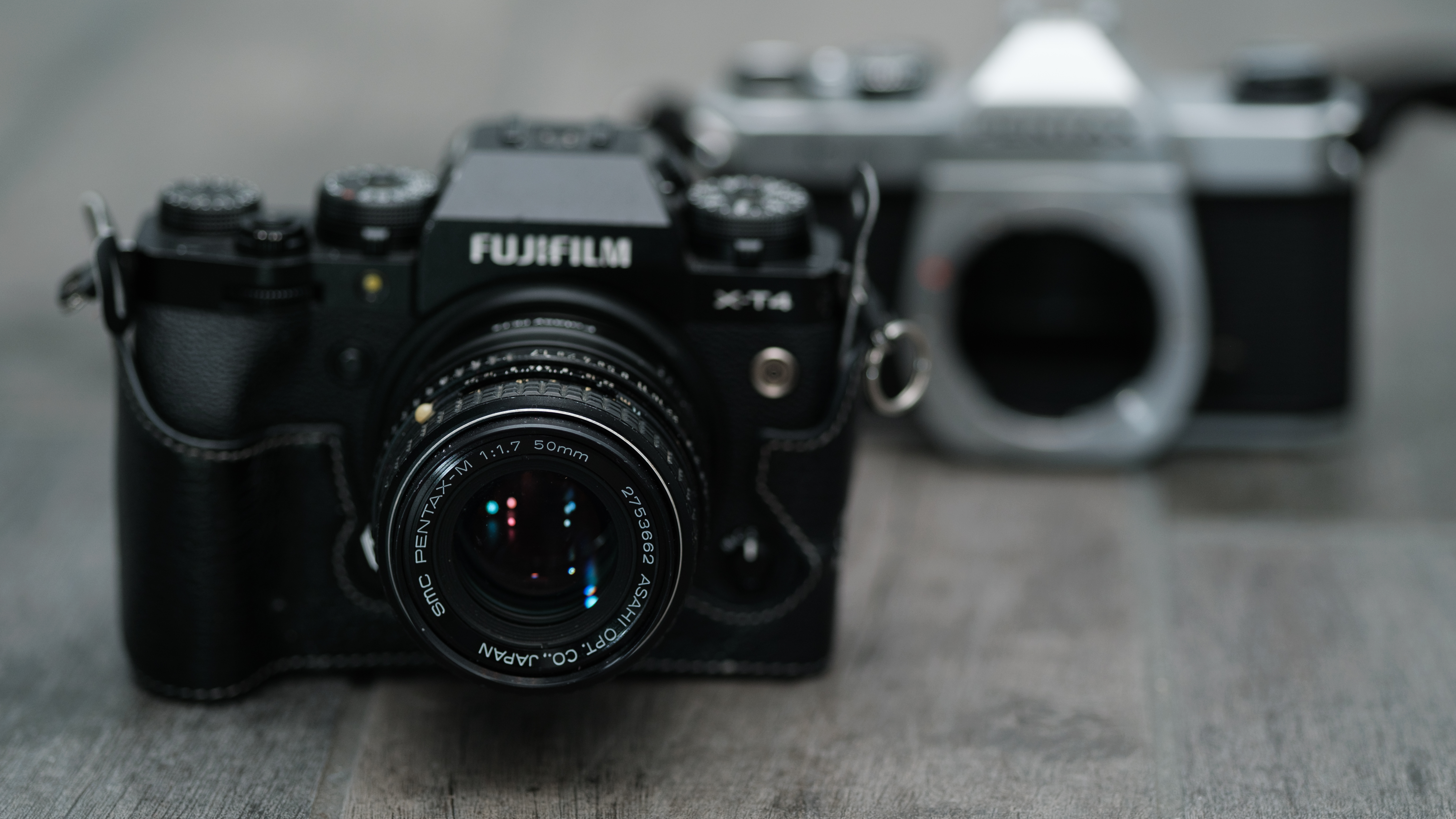Canon EOS R1 to have Quad Pixel AF and global shutter sensor?
Canon has designed new, cutting-edge sensor and autofocus tech – and it's perfect for a new pro sports camera

In the wake of rumors about the Canon EOS R1 having a "groundbreaking" autofocus system and a brand new image sensor, Canon designs for a global shutter sensor and Quad Pixel AF technology have been spotted online.
If these reports are indeed corroborative, then the Canon EOS R1 – which is said to have autofocus performance superior to the Dual Pixel AF II systems in the Canon EOS R5 and Canon EOS R6 – could feature a 21MP global sensor with no rolling shutter and AF that is truly otherworldly.
• Read more: Best camera for sports photography
So, why is a global shutter better than a normal one? A traditional shutter records picture information one line of pixels at a time, from the top of the sensor / image to the bottom. If there is any movement, then by the time the data is recorded by the lower half of the sensor it will be in a slightly different position to when it started – hence the rolling shutter phenomenon where subjects appear to 'warp'.
A global shutter, by contrast, records the entire pixel range to the whole sensor simultaneously, eradicating any movement artifacts. The downside, however, is that global shutters traditionally have reduced dynamic range. This is because every pixel requires a dedicated memory cell, and thus each one is made smaller to make space for it.
Cameras like the Canon EOS C700 (a $25,000 flagship cinema camera) already have the tech, and last year Canon revealed a new design for a global sensor with HDR dual memory, so it's already very au fait with the tech – and this would be the first time it has ever been used in a full-frame stills camera. The benefit for professional sports photography (and hybrid video) is pretty massive.
As for Quad Pixel AF, this isn't the first time that Canon has been toying with the tech; last year Canon designed a Quad AF system on a 20.7MP sensor with 83 million focus detection points. So what are the benefits of this, over the already spookily accurate Dual Pixel AF II (augmented by Deep Learning)? As Canon News explains:
The best camera deals, reviews, product advice, and unmissable photography news, direct to your inbox!
"Right now with dual pixel AF (DPAF) sensors, you can focus reliably while the camera is in the horizontal position and your edge of contrast that you are locking on are vertical. If the edge is horizontal (or parallel to the camera orientation) then it has extreme difficulty in locking on. This is because all the pixels are arranged in one direction for dual pixel AF. What Canon needs is a quad pixel, where the pixel is split up, not once but twice, allowing for different phase different arrangements."
Clearly, the addition of either one of these technologies would make the Canon EOS R1 – already claimed to have 120fps video, 120dB dynamic range and "the fastest framerate for a stills camera ever from Canon" – a quantum leap forward from the Canon EOS-1D X Mark III flagship sports camera it will replace. Roll on, that rumored 2021 announcement…
Read more:
Canon EOS-1D X Mark III review
Canon EOS R5 review
Canon EOS R6 review

James has 25 years experience as a journalist, serving as the head of Digital Camera World for 7 of them. He started working in the photography industry in 2014, product testing and shooting ad campaigns for Olympus, as well as clients like Aston Martin Racing, Elinchrom and L'Oréal. An Olympus / OM System, Canon and Hasselblad shooter, he has a wealth of knowledge on cameras of all makes – and he loves instant cameras, too.


